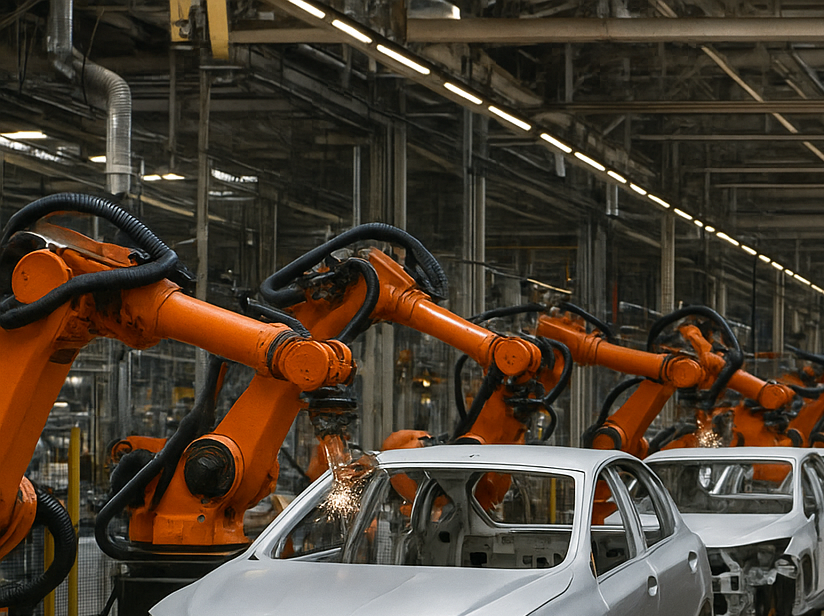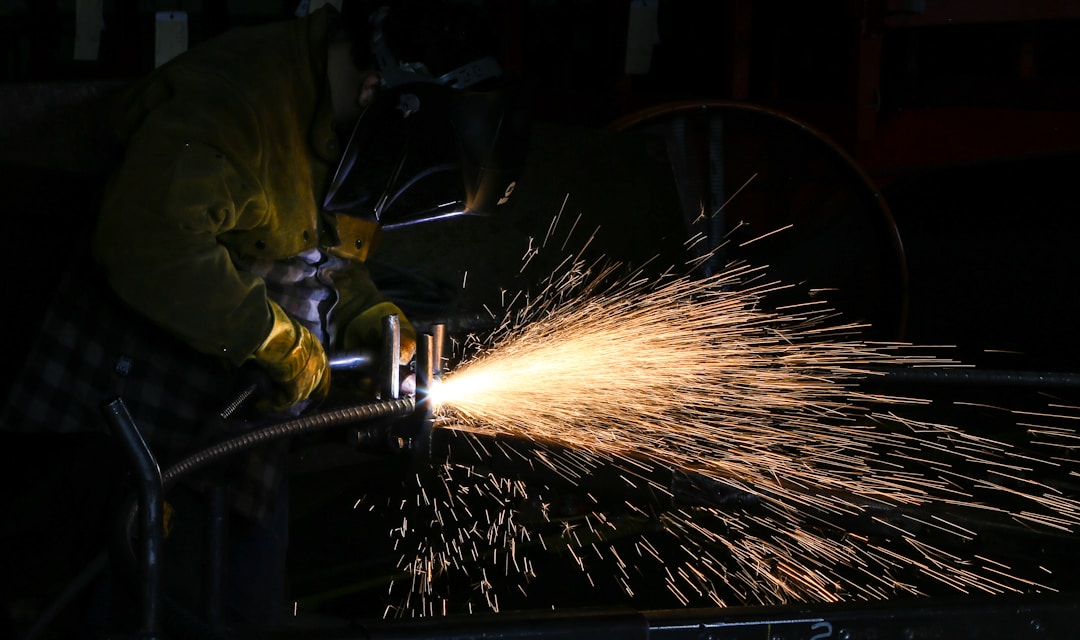Will China's share of global steel production continue to rise?
2025-04-14
The proportion of China's steel production in the global total is expected to remain stable or slightly decline in the short term, and is unlikely to rise in the long term. The main reasons are as follows:
Changes in domestic demand structure: China's economy has entered a stage of high-quality development, and the steel demand structure has changed. The demand for steel in the real estate industry continues to decrease. Although the demand for steel in industries such as infrastructure construction, automobiles, shipbuilding, home appliances and machinery will continue to pick up, it is difficult to make up for the decline in demand in the real estate industry. Overall, China's steel demand has passed its peak. In the future, the total apparent consumption of steel will be mainly determined by population factors. As per capita steel consumption gradually stabilizes, domestic steel production is expected to decline slowly, and crude steel production is expected to fall by 2% year-on-year in 2025.
Capacity policy restrictions: China's steel industry has entered a stage of reduced development. With the implementation of policies such as the suspension of capacity replacement and the promotion of carbon emission rights trading, the expansion of steel capacity is limited and production growth lacks support. At the same time, the steel industry is included in the national carbon market. 2025 is the last year of the CBAM transition period, which puts higher requirements on the green and low-carbon development of the steel industry, which may lead to the gradual elimination of some high-emission and low-efficiency production capacity, affecting production growth.
Changes in the global market: On the one hand, the global economic recovery will drive the growth of foreign steel demand, and the implementation of multilateral trade agreements such as RCEP has provided new market opportunities for China's steel exports. On the other hand, factors such as the intensification of international trade frictions and the imposition of tariffs by the United States may lead to a slowdown in the growth of China's steel exports. In addition, the steel production capacity in India and Southeast Asia is increasing, and the future growth of global steel production will mainly come from these regions. Therefore, from the perspective of the global market, there is limited room for China's steel production to increase. However, if China makes a major breakthrough in the field of high-end steel products, significantly increases the output and export volume of high value-added products, and at the same time, the development of the steel industry in other countries in the world fluctuates greatly, China's steel production share in the world may also be stable or even increase, but this situation is difficult to achieve in the short term.
RELATED BLOG







